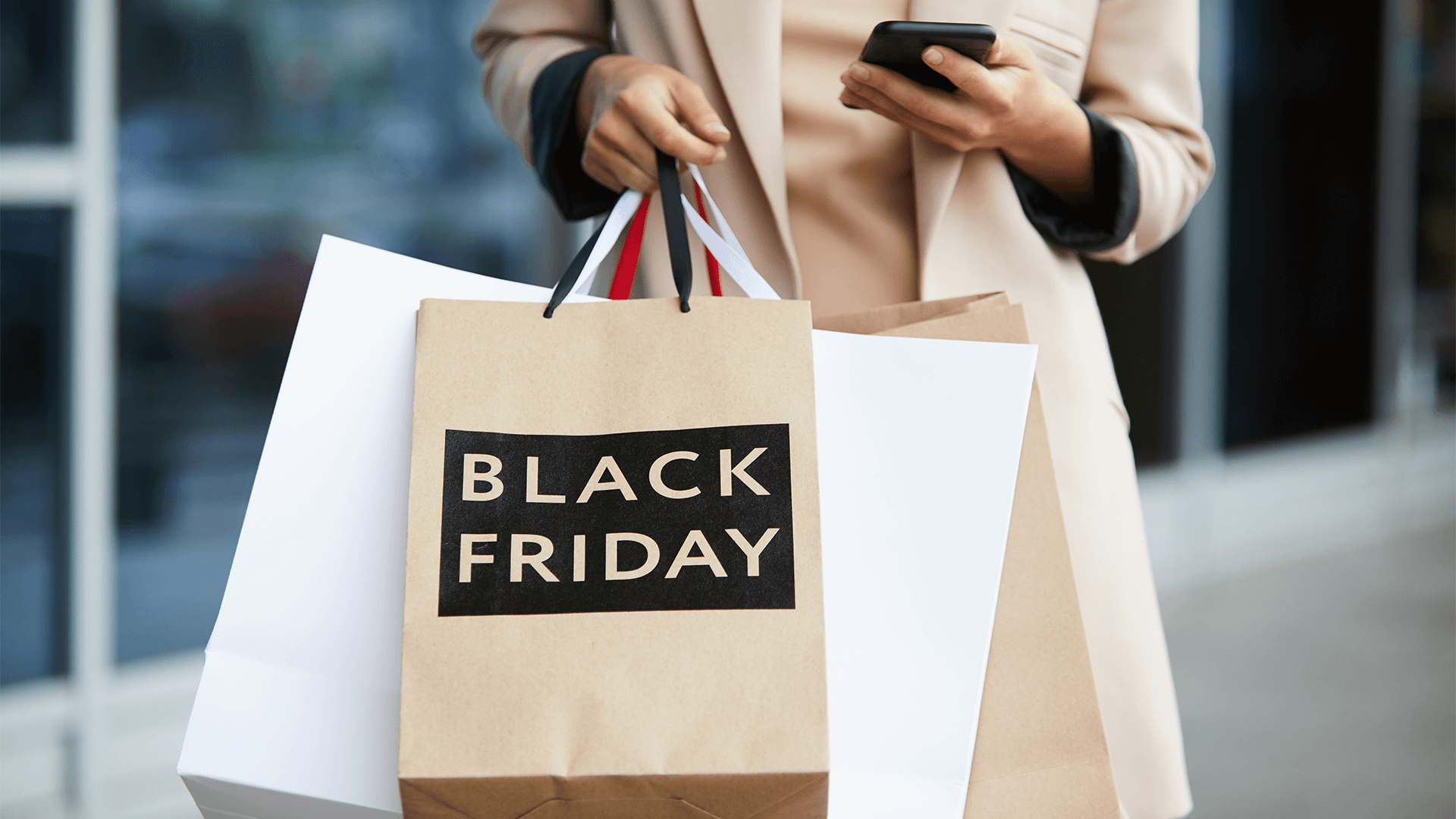
The genie in the bottle is now known as E-commerce!
All you need to do is browse the product you want, make a few taps, and wait for it to reach your doorstep. With a click, you can choose whatever you wish and – on occasion – what time you would like the item(s) delivered.
It has become an everyday luxury that has genuinely revolutionised shopping.
From checking customer reviews to applying discounting coupons and speeding through the check-out process, the are many appealing reasons for purchasing products online.
But will physical shops continue to exercise their charm effectively, or will the trend permanently shift in favour of E-commerce?
In this post, Stewart Beer, manager at Electrix International – a multi-national manufacturer of electrical junction boxes, explores the evolving shopping behaviours as Black Friday 2022 and subsequent Cyber Monday approaches, with a whopping 115 million shoppers projected to shop in the U.S. alone.
E-commerce
Before the pandemic, grocery shopping was carried out through the aisles of brick-and-mortar grocery stores. However, with the national and global health crisis outbreak, shoppers had to find alternative ways to get hold of their food and drinks safely.
Online grocery shopping was a welcomed solution when people were asked to stay indoors. Up to that point, it is fair to say that food purchasing had resisted the world of e-commerce. But, in April 2020, over one-third of the American population resorted to ordering groceries online for the first time. While perhaps a temporary answer to customers’ needs in a period of uncertainty, there is no denying that this virtual experience has certainly not faded out.
E-commerce was already fast-growing before the events of 2020, but the pandemic has indeed skyrocketed its popularity. It has grown exponentially since 2020 and is forecasted to grow by 56 per cent over the following years, reaching about 8.1 trillion dollars by 2026, according to Statista.
A new survey found that half of the online food shoppers shop online every two weeks or more, with McKinsey suggesting that increased online shopping is here to stay.
A study by Spryker Systems – an enterprise digital commerce platform, found that convenience is the key driver behind people’s decision to food shop online. 35% of respondents identified health and safety as the main motives for favouring virtual supermarkets.
The appeal of physical stores
All said brick-and-mortar supermarkets have kept their unique appeal. 54.5% of Americans – if given the option – would instead visit physical shops to collect their food and drinks than tick off their shopping list online.
Why?
- In-store experience: One of the main advantages of in-store shopping is that customers can ‘engage’ with products. There is nothing quite like browsing through a store, touching and feeling products, and speaking with knowledgeable sales staff. This experience cannot be replicated online, no matter how good a website design or the CTA is and can provide instant gratification to some. By seeing and, in some instances, smelling the scent of specific foods, shoppers can enjoy a more meaningful experience that cannot be achieved through a screen.
- People’s preference to buy certain items in person: Some items, such as clothing, shoes, fragrances and cosmetics, are best tried on or examined in person before making a purchase. People want to ensure they’re getting the right size, fit, or shade before they commit to buying.
- Saving on delivery costs: Visiting a physical supermarket means the customers can save on delivery costs.
Finally, implementing what works online is an excellent way to make stores more attractive. Pay-as-you-scan devices, for instance, can act as quick, smooth checkout systems to reduce waiting time and stress. Furthermore, digital assistants on shop shelves can also significantly improve customers’ experience. In the style of ‘Amazon Go’ physical stores, having devices scattered around the shop that offer descriptions of in-store products will unite both the physical and virtual worlds. Ultimately, it is the ideal blend between browsing through the aisles and benefitting from the advantage of online information.
Virtual Reality Shopping: The New Player
With the continued technological developments such as A.I integrations and the decreasing cost of virtual reality headsets, more and more people will be able to experience the convenience and benefits of shopping in virtual reality environments.
A recent study by Goldman Sachs found that by 2025 the market for virtual reality shopping is expected to be worth $10 billion – a significant increase from the $100 million the market was worth in 2016.
There are several reasons why the market for virtual reality shopping is expected to proliferate. First, as this technology continues to develop, it is becoming more and more realistic. This is making it more and more appealing to consumers. Second, as the cost of virtual reality headsets decreases, more and more people will have access to the technology, which is expected to significantly increase the number of people who are shopping in virtual reality environments.
There is no denying that online grocery shopping is becoming an experience that more and more consumers are happy to embrace. However, it is also safe to say that physical stores certainly do not belong to the history books. Predicting what routine shopping people will favour this Black Friday is difficult. Regardless, it will be exciting to witness how E-commerce and physical grocery supermarkets will evolve as we move towards 2023.















